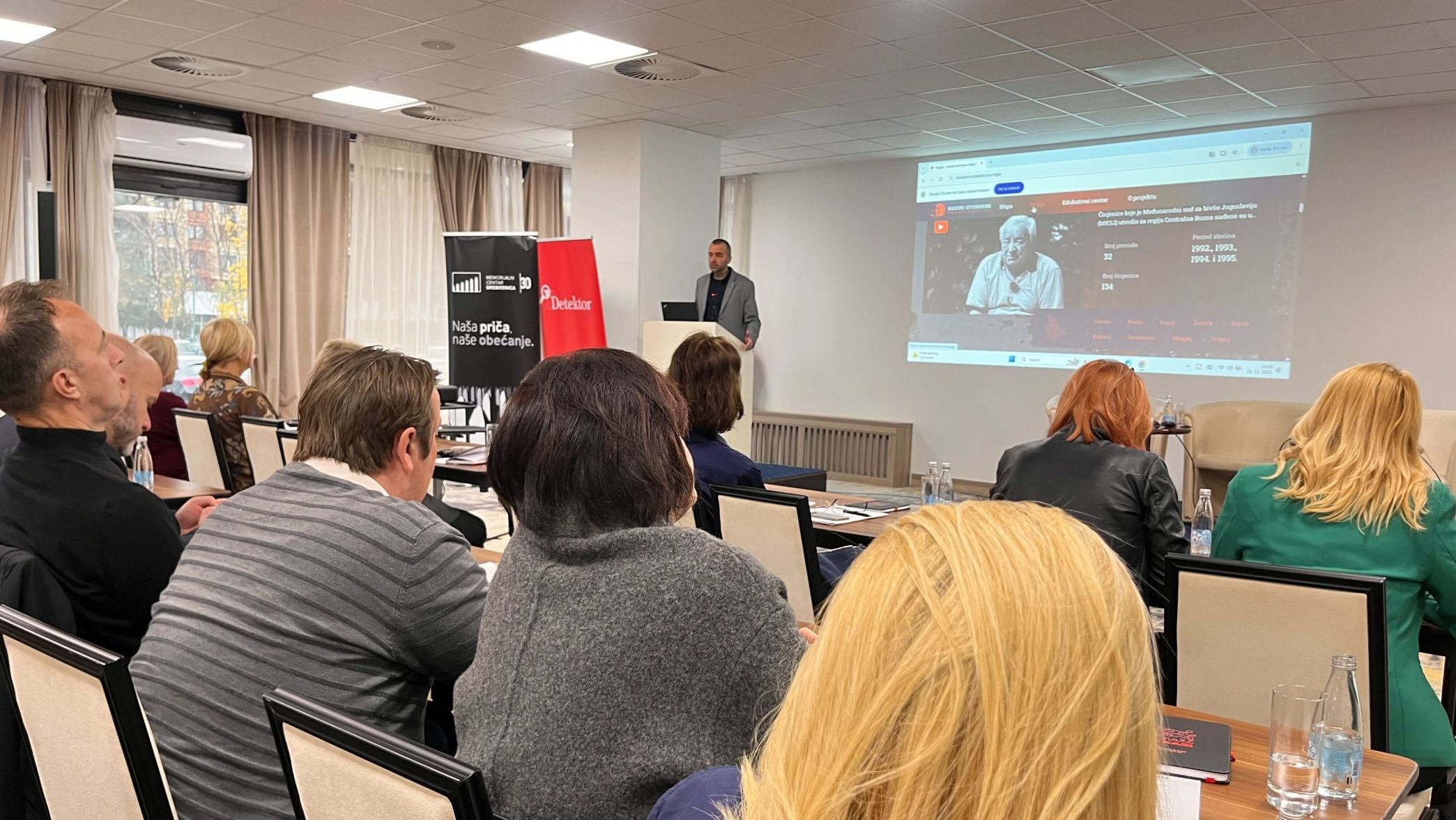This post is also available in: Bosnian
“The 28th Division, which was commanded by Naser Oric, was in the protected zone. Three combat brigades were present in Srebrenica and one in Zepa. Between five and ten thousands of able-bodied men were there, although the question remains as to how many of them had weapons,” Butler said.
Butler said that members of the 28th Division of ABiH conducted combat operations outside the protected zone, particularly in the period between March and June 1995, in order to reduce the involvement of the Republika Srpska Army, VRS in other areas.
In July 2008 the Hague Tribunal acquitted Naser Oric of the charges that he committed crimes in the Srebrenica area.
Butler testified at the request by the Defence of indictee Mendeljev Djuric, who is on trial, along with Dusko Jevic, Goran Markovic and Nedjo Ikonic, for participating in the forcible resettlement of the Bosniak population from the Srebrenica area and the capture and murder of more than 1,000 captives in Kravica.
The indictment alleges that Jevic was Commander of the Training Centre situated on Mount Jahorina, with the Special Brigade of RS police, Djuric and Ikonic were Company Commanders with that Centre and Markovic was a squad Commander.
Butler said that the main purpose of the Jahorina Centre was to train individuals, who were then deployed to combat units.
As mentioned by Butler, two companies within this Centre were part of police forces that were involved in operations conducted in Srebrenica under the command of Ljubomir Borovcanin, who was sentenced by The Hague Tribunal to 17 years in prison.
Butler said that, under the “Krivaja 95” operational plan, the operations conducted in Srebrenica were aimed at pushing the ABiH forces outside of the protected zone and reducing the Srebrenica and Zepa enclaves to urban parts only, but it was decided later on that Serb forces should occupy Srebrenica.
Butler confirmed that a plan for the departure of the convoy of military forces and civilians to territories controlled by ABiH had been created, adding that, on the way, intensive combat activities happened and both sides suffered losses.
“It is hard to say how many people were killed in that convoy, particularly taking the minefields into consideration. According to estimates, between 2,000 and 4,000 people who can be linked to that convoy, were killed,” Butler said.
When asked when, in his opinion, a decision was made to kill the captives from Srebrenica, Butler said that it happened some time between the evening on July 11 and morning on July 12, 1995.
Prosecutor Ibro Bulic did not want to cross-examine Butler, saying that the examination might be in conflict with the law, which stipulates that an individual cannot appear both as a witness and court expert at the same trial. Butler was previously examined as a witness in this case.
The trial is due to continue on Monday, September 26.
M.T.

